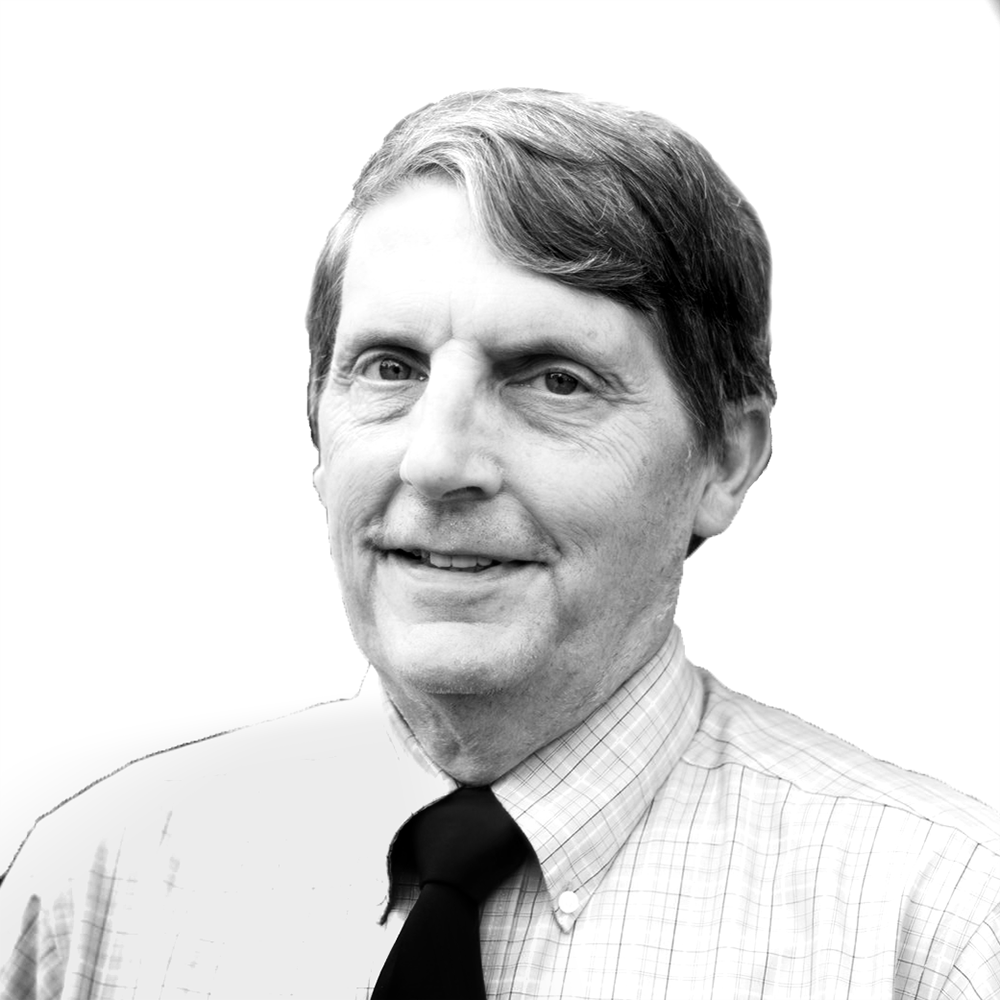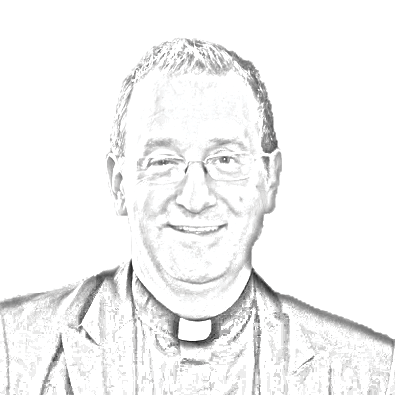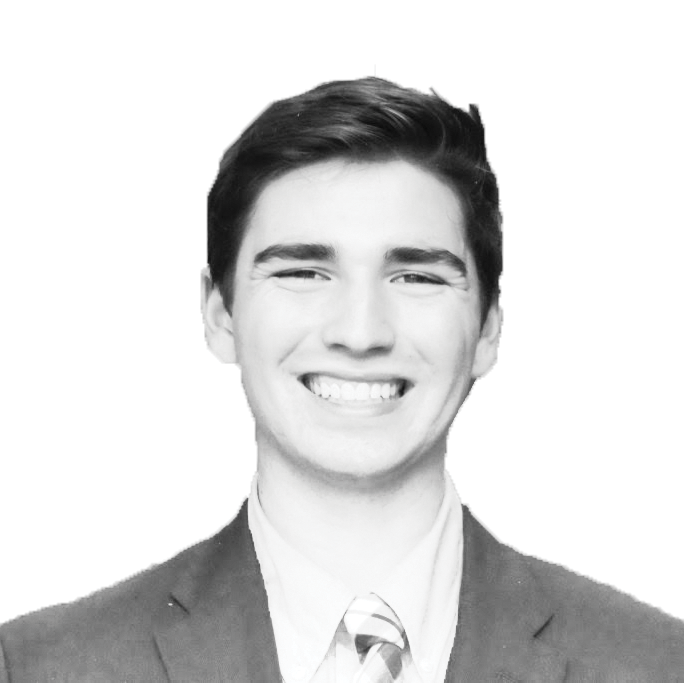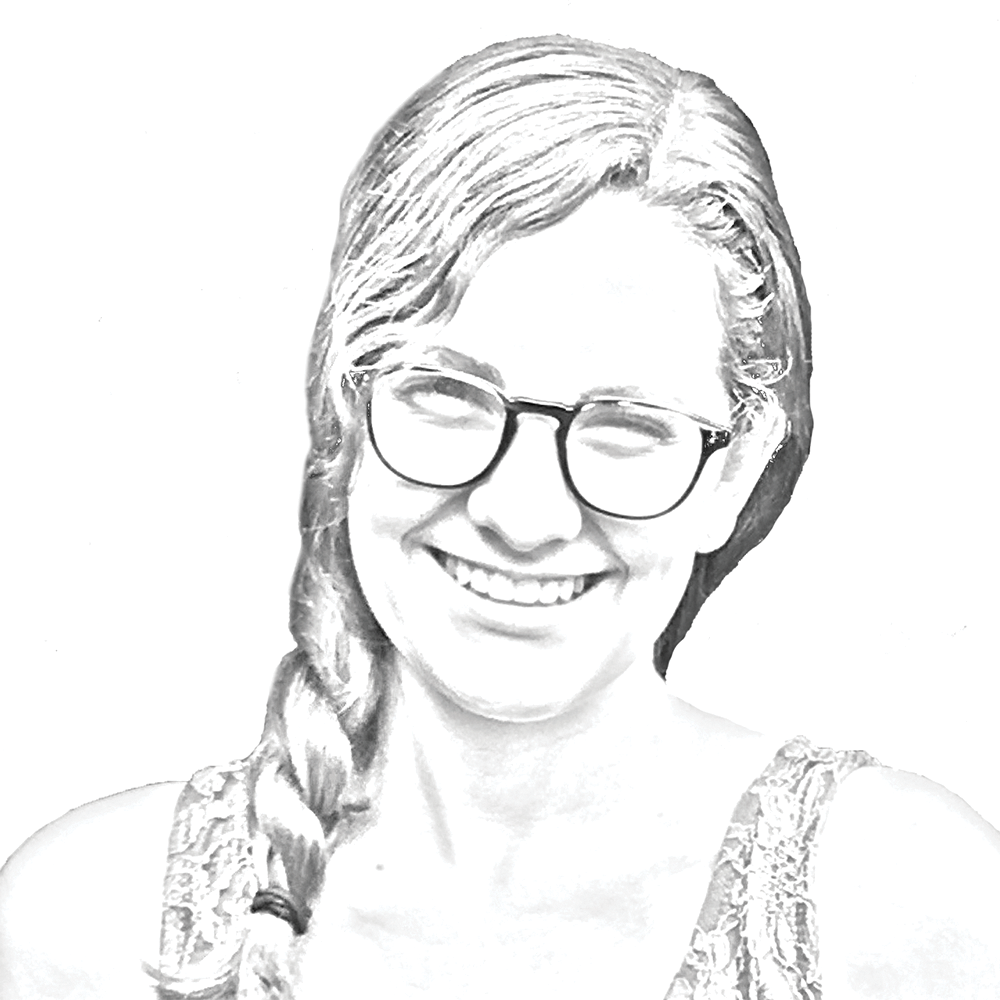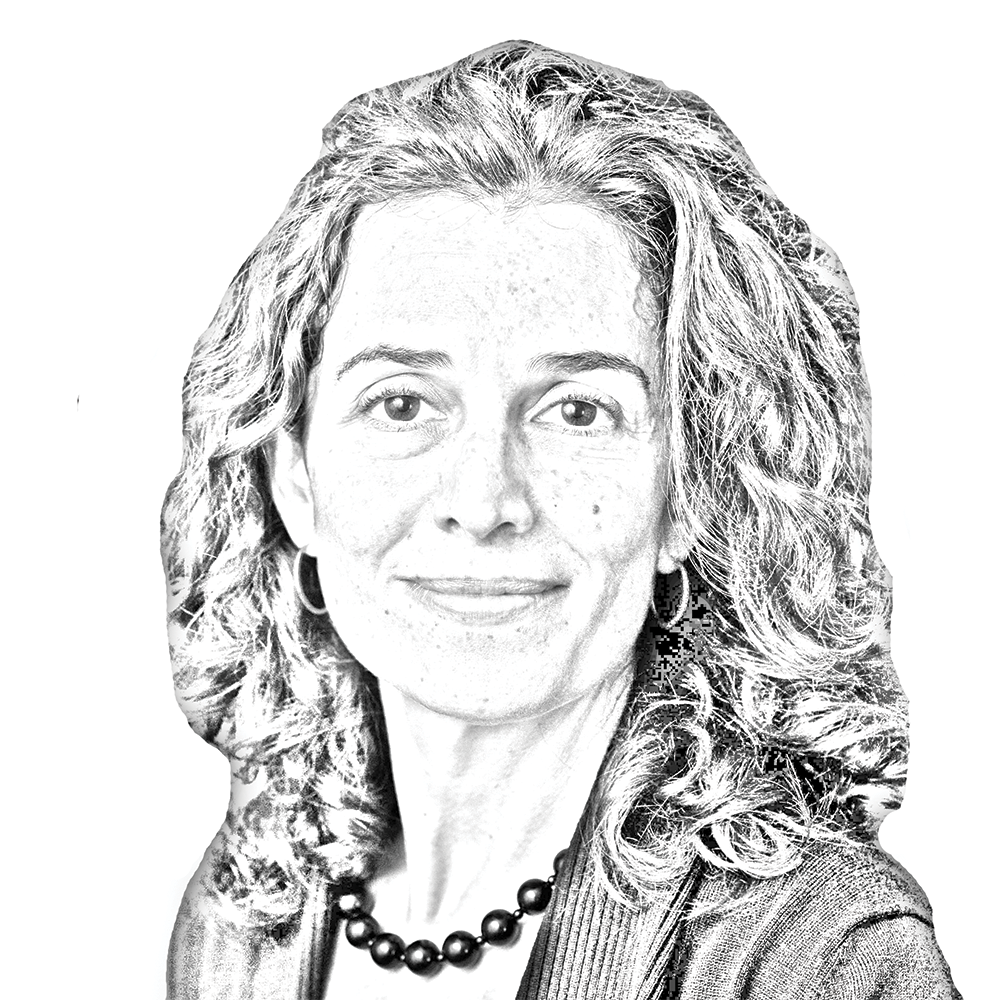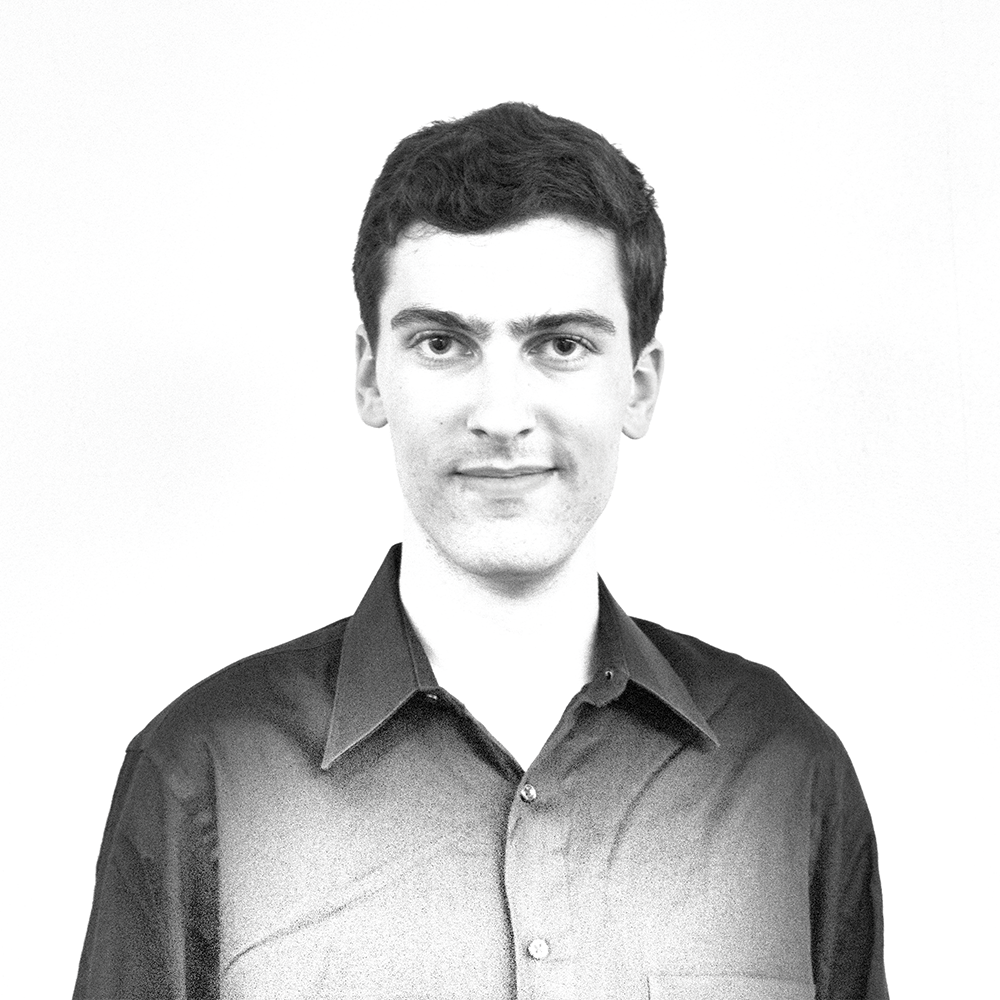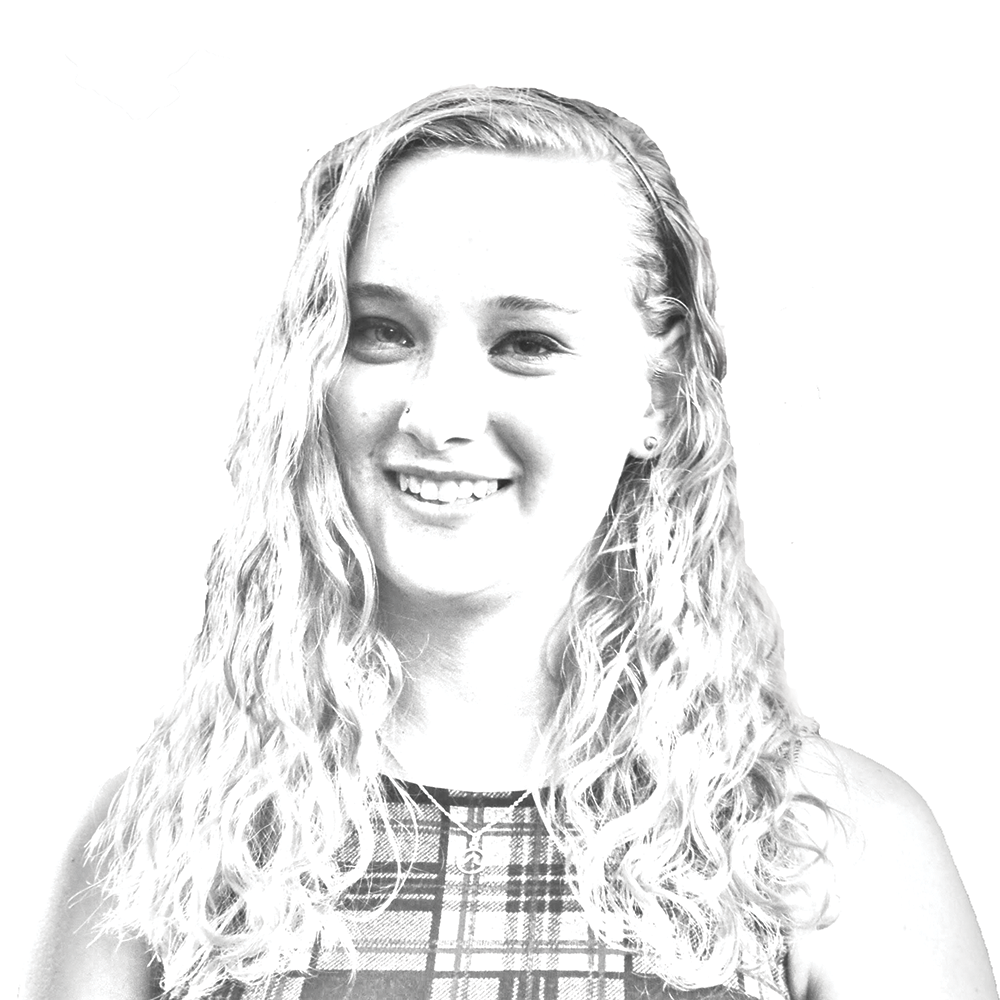A few years ago, the Harvard Gazette published an article called “Way to Delay Huntington’s Disease Found.” These words would be music to the ears of families that endure the hardships of Huntington’s disease, a devastating neurological disease that currently has no effective treatment. The article featured the landmark work of several Harvard University researchers and suggested that human testing could start in as early as two years. This was in 1999.
Today, there is still no effective treatment for HD. Despite the headline’s claim, those researchers had not found a way to delay HD’s symptoms and did not develop a drug in the subsequent years. I mention this not to disparage the Harvard Gazette or the researchers — on the contrary, their work is important and may eventually lead to an effective treatment. Instead, I mention this to cite an example of a larger problem: how the popular press often reports on new findings in science and medicine by sensationalizing results of research studies. Interestingly, the same misleading headline was used in a press release by the University of New Orleans 13 years later.
It is clear that science and technology play an increasingly important part in our world, both for the good and the bad, and it is becoming essential for even nonscientists to have some knowledge about the workings of science. We all must make decisions on scientific issues, whether they are global (e.g. climate change and genetically modified organisms), societal (e.g. vaccinations) or simply personal (e.g. how to deal with Huntington’s disease). These decisions are usually made by people who are not scientists — therefore, it is essential for a liberal arts education to include a significant scientific component.
This is not really a new concept. Science literacy has, in some form, been part of the liberal arts since antiquity. What seems to have changed, however, is that science has become increasingly more significant to society. Thus, the need to produce graduates who are scientifically literate has become more vital. This may seem quite obvious, but its implementation is complicated by the fact that science has also become significantly more specialized and, in many ways, less accessible.
So at the very time when it is essential for citizens to have a good grasp of science, science itself has become more unreachable to the average citizen. As a result, we have become more and more dependent on nonscientific sources (newspapers, magazines, infomercials, the Internet, et cetera.) to interpret new studies, and this benefits neither society nor the individual. The writers of such articles are usually not scientists and are simply reporting findings from a press release. Further, these writers do not lend a critical eye to their reporting and seem to relish in the use of electrifying headlines that do not accurately reflect the conclusions of the study. This is what occurred with the Harvard Gazette and the UNO press releases. More examples can easily be found every day in almost any newspaper.
So what is there for us to do? It is unrealistic to expect nonscience majors to become experts in scientific fields — the amount of information is simply too large. But a well-designed nonmajors science course does not need to be and should not be a watered-down version of a majors course. Rather, it should teach students how science works — with examples — and include how to find, read and analyze the primary literature. Sure, many science papers are not easily understandable to a novice, but many others are. Most clinical trials, for example, are usually quite straightforward, and one does not need to be a physician to understand and analyze such a study. I believe it is possible for all students to differentiate a good scientific study from a bad one. They can learn, for example, the proper and improper uses of statistics; they can learn the properties of a well-designed study; they can learn to identify the various types of errors that can lead to erroneous conclusions. They can learn to be skeptical, think critically and contribute to scientific discussions. We expect a liberal arts education to teach the student how to think critically so that he will become a more effective participant in society. We must remember that this also includes the formation of a strong foundation in the art of science.
Ed Meyertholen is an assistant dean and the director of pre-health programs at Georgetown College. He is one of the alternating writers for The Dean’s Desk, which appears every other Tuesday.


